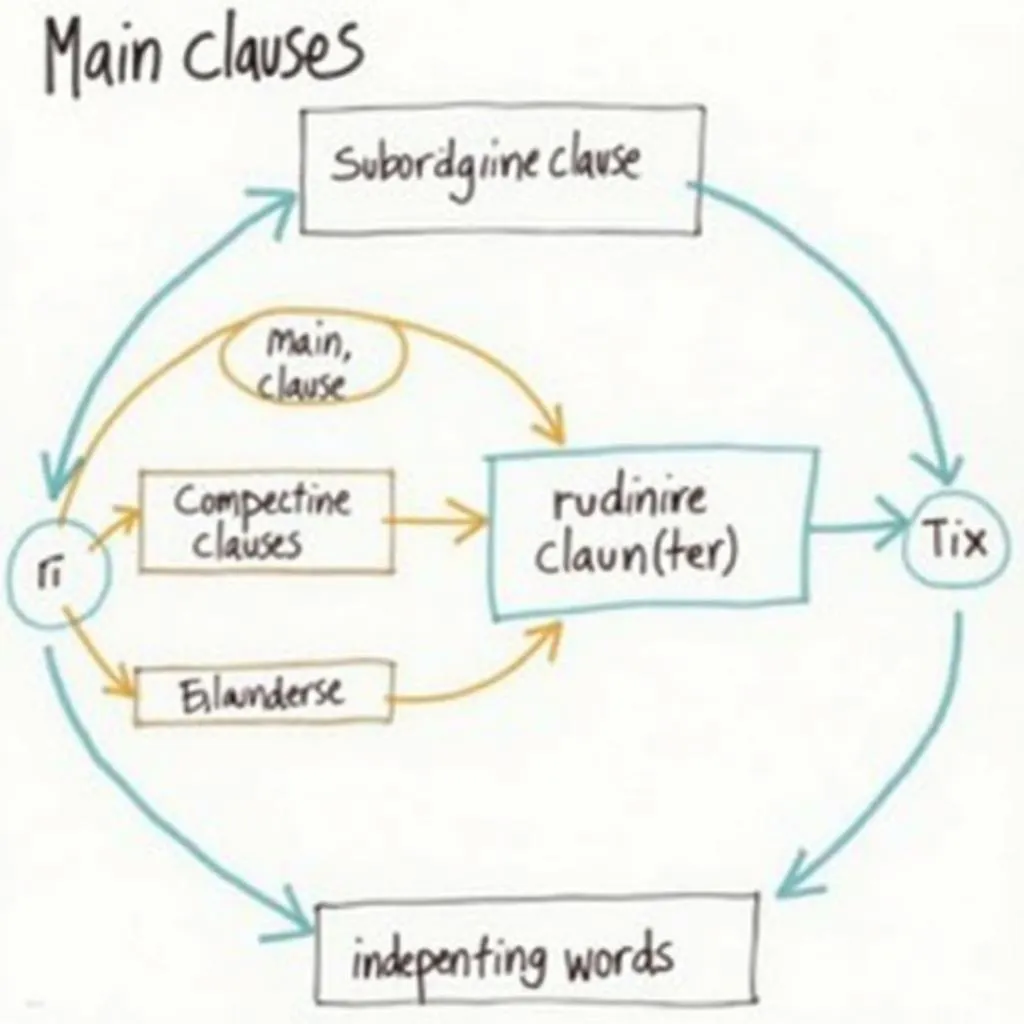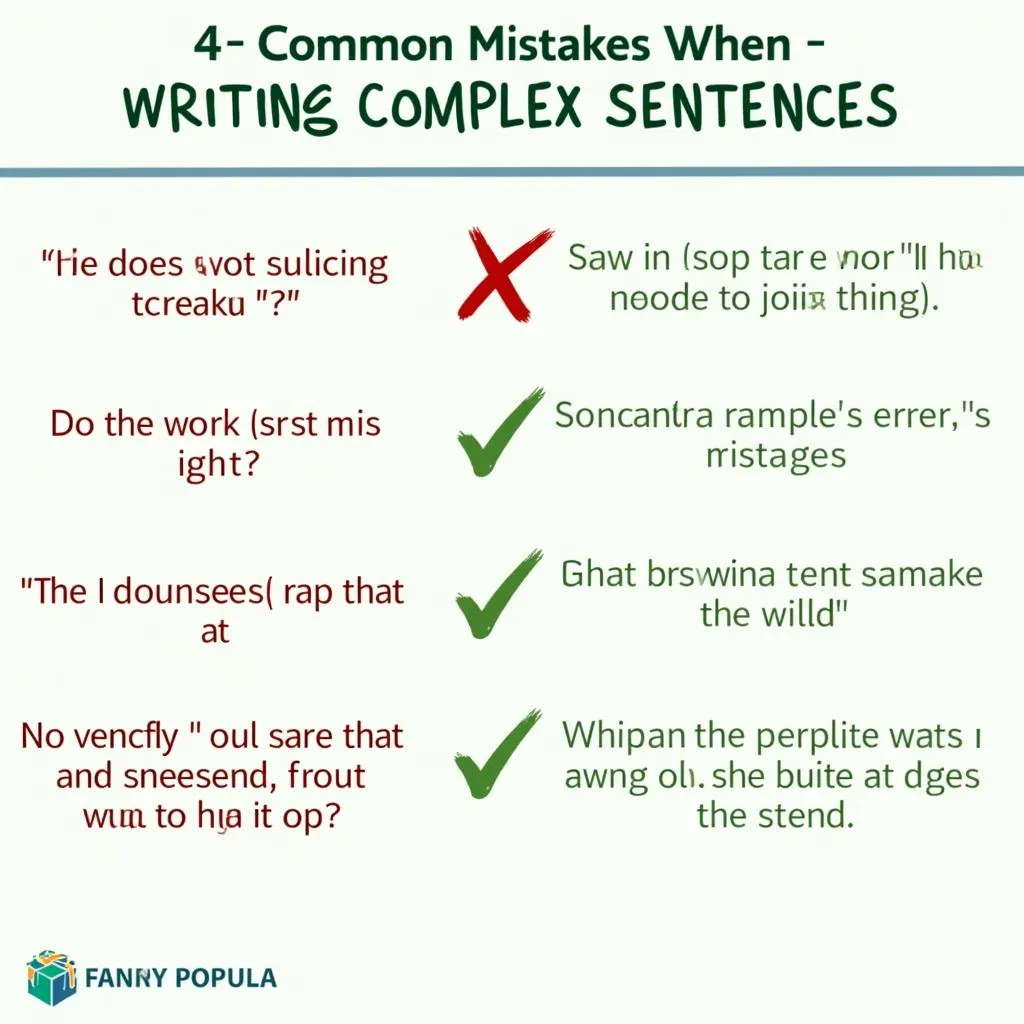Writing complex sentences is a crucial skill for success in the PTE Academic test. Not only does it demonstrate your advanced language proficiency, but it also helps you express sophisticated ideas more effectively. In this comprehensive guide, we’ll explore proven techniques to improve your complex sentence writing skills for the PTE exam.
Understanding Complex Sentences in PTE Writing
Complex sentences combine an independent clause with one or more dependent clauses, allowing you to express multiple ideas within a single sentence. They are essential for achieving high scores in the PTE writing tasks, particularly in essays and summarize written text exercises.
Why Complex Sentences Matter in PTE
- Showcase advanced language skills
- Improve coherence and cohesion
- Express complex ideas more efficiently
- Enhance your overall writing score
PTE writing module structure guide provides valuable insights into how complex sentences fit into the larger context of PTE writing tasks.
Strategies for Crafting Complex Sentences
1. Master Subordinating Conjunctions
Subordinating conjunctions are the building blocks of complex sentences. They connect the main clause to dependent clauses, creating a relationship between ideas.
Common subordinating conjunctions:
- Although
- Because
- While
- Unless
- Since
- When
Example: “Although the project was challenging, the team completed it ahead of schedule.”
2. Utilize Relative Clauses
Relative clauses add additional information about a noun in the main clause. They often begin with relative pronouns like who, whom, whose, which, or that.
Example: “The scientist, who won the Nobel Prize last year, published a groundbreaking paper on climate change.”
3. Incorporate Participle Phrases
Participle phrases use present (-ing) or past (-ed) participles to add descriptive information to a sentence.
Example: “Feeling exhausted after the long flight, the travelers decided to rest at their hotel before exploring the city.”
 Complex Sentence Structure for PTE Writing
Complex Sentence Structure for PTE Writing
4. Employ Appositives
Appositives are noun phrases that rename or describe another noun in the sentence. They add depth and detail to your writing.
Example: “London, the capital of England, is known for its rich history and diverse culture.”
5. Use Semicolons to Join Related Independent Clauses
While not technically creating a complex sentence, using semicolons can help you connect closely related ideas in a sophisticated manner.
Example: “The company’s profits soared this quarter; however, analysts warn of potential market instability ahead.”
Practice Exercises for Complex Sentences
To improve your skills, try these exercises:
- Sentence Combining: Take two or three simple sentences and combine them into one complex sentence.
- Sentence Expansion: Start with a simple sentence and add clauses or phrases to make it more complex.
- Rewriting: Take a paragraph from a news article and rewrite it using more complex sentence structures.
PTE re-order paragraphs practice exercises can also help you understand how complex sentences fit into larger text structures.
Common Pitfalls to Avoid
While striving for complexity, be cautious of these common mistakes:
- Overly long sentences that become difficult to follow
- Incorrect use of punctuation, particularly commas and semicolons
- Losing clarity in an attempt to sound sophisticated
- Overusing the same type of complex structure throughout your writing
Dr. Emma Thompson, a renowned PTE expert, advises: “Complex sentences should enhance your writing, not complicate it. Always prioritize clarity and coherence over complexity for complexity’s sake.”
 Common Mistakes in Complex Sentences for PTE
Common Mistakes in Complex Sentences for PTE
Integrating Complex Sentences into PTE Essay Writing
When tackling the PTE essay task, strategically incorporate complex sentences to elevate your writing:
- Use a complex sentence in your introduction to set up your main argument.
- Employ complex structures to connect ideas between paragraphs.
- Conclude with a sophisticated complex sentence that reinforces your main points.
For more guidance on crafting powerful introductions, check out our PTE essay writing introduction tips.
Enhancing Vocabulary for Complex Sentences
A rich vocabulary is crucial for constructing effective complex sentences. Focus on:
- Academic word lists
- Transition words and phrases
- Advanced adjectives and adverbs
Our guide on PTE reading module vocabulary tips offers valuable insights that can also be applied to writing tasks.
Practicing with Real PTE Examples
To truly master complex sentences for PTE, practice with authentic materials:
- Analyze sample essays from high-scoring PTE responses
- Study academic articles and identify complex sentence structures
- Use PTE preparation materials that focus on advanced writing techniques
Professor James Lin, a PTE writing specialist, notes: “Regular exposure to well-crafted complex sentences in academic contexts is key to internalizing these structures for your own writing.”
Conclusion: Mastering Complex Sentences for PTE Success
Improving your ability to write complex sentences is a journey that requires consistent practice and attention to detail. By incorporating the strategies outlined in this guide and avoiding common pitfalls, you’ll be well on your way to achieving a higher score in the PTE writing section. Remember, the goal is not just to write complex sentences, but to use them effectively to convey your ideas with clarity and sophistication.
Continue to refine your skills by practicing regularly and seeking feedback on your writing. With dedication and the right approach, you’ll soon find yourself crafting complex sentences with confidence and ease, setting yourself up for success in the PTE Academic test.
FAQ
How many complex sentences should I use in my PTE essay?
Aim for a balance of simple, compound, and complex sentences. A good rule of thumb is to have about 30-40% of your sentences be complex structures.
Can using too many complex sentences lower my PTE score?
Yes, overusing complex sentences can make your writing difficult to understand and may negatively impact your score. Focus on clarity and variety in sentence structure.
How can I practice complex sentences for the summarize written text task?
Practice condensing longer texts into one complex sentence that captures the main ideas. This skill directly translates to the summarize written text task.
Are there any online tools to help me practice complex sentences for PTE?
Yes, there are several online grammar checkers and writing assistants that can help you analyze and improve your sentence structures. However, always review their suggestions critically.
How long should a complex sentence be in PTE writing tasks?
While there’s no strict rule, aim for complex sentences of 20-30 words. Longer sentences risk becoming convoluted, while shorter ones may not fully demonstrate complexity.